Native name রামমোহন রায় Name Ram Roy Nationality Indian Spouse Devi Uma (m. ?–1833) | Other names Herald Of New Age Parents Ramkanto Roy, Tarinidevi Title Raja | |
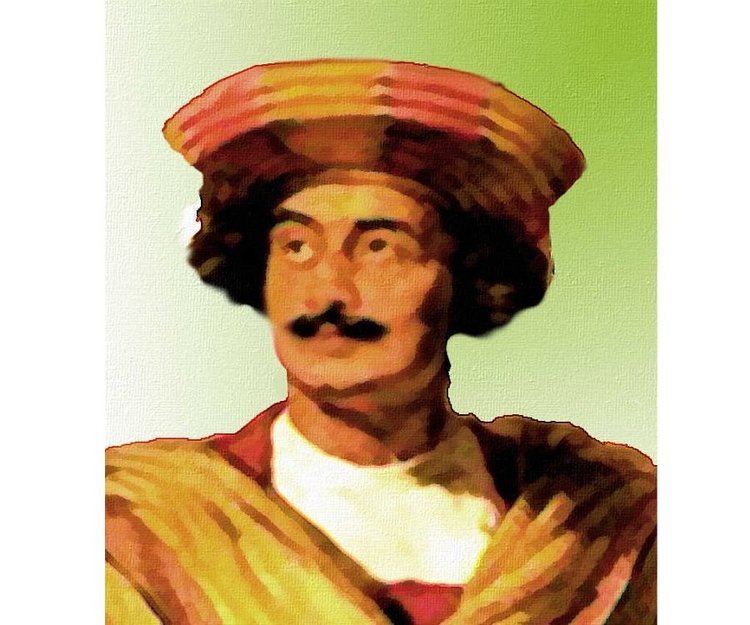 | ||
Books The English Works of Raja Rammohun Roy Similar People Ishwar Chandra Vidyasagar, Dayananda Saraswati, Dwarkanath Tagore, Swami Vivekananda | ||
Life & journey Raja Ram Mohan Roy, Founder of the Brahma Sabha & Father of Indian Renaissance
Raja Ram Mohan Roy
Raja Ram Mohan Roy (22 May 1772 – 27 September 1833) was the founder of the Brahmo Sabha movement in 1828, which engendered the Brahmo Samaj, an influential socio-religious reform movement. His influence was apparent in the fields of politics, public administration and education as well as religion. He was known for his efforts to establish the abolishment of the practice of sati, the Hindu funeral practice in which the widow was compelled to sacrifice herself in her husband’s funeral pyre in some parts of Bengal.
Contents
- Life journey Raja Ram Mohan Roy Founder of the Brahma Sabha Father of Indian Renaissance
- Raja Ram Mohan Roy
- Early life and education 17721796
- Christianity and the early rule of the East India Company 17951828
- Middle Brahmo period 18201830
- Life in England 18311833
- Religious reforms
- Social reforms
- Educationist
- Journalist
- Mausoleum at Arnos Vale
- Bristol honours Ram Mohan Roy
- References
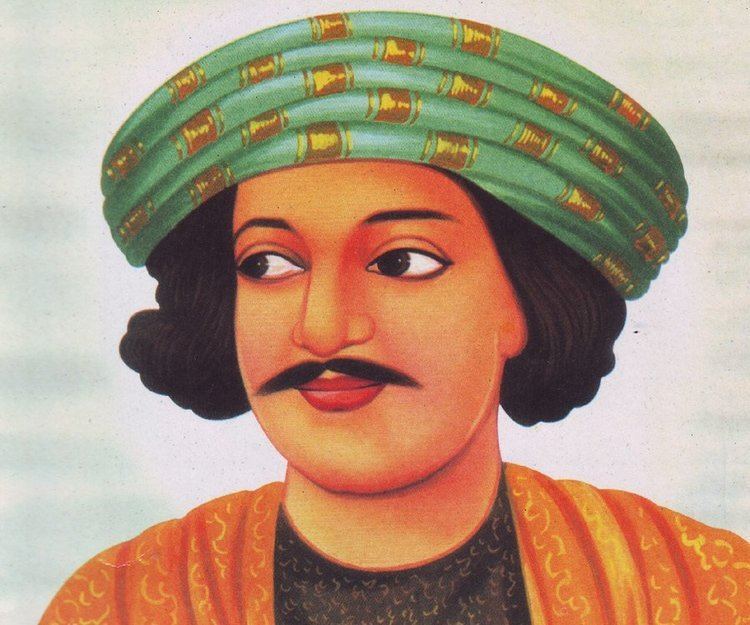
Early life and education (1772–1796)
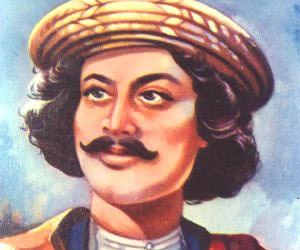
Ram Mohan Roy was born in Radhanagar, Hooghly District, Bengal Presidency, on 22 May 1772, into the Rarhi Brahmin caste. His father Ramkanta was a Vaishnavite, while his mother Tarinidevi was from a Shivaite family. This was unusual - Vaishnavite did not commonly marry Shivaite in those times.
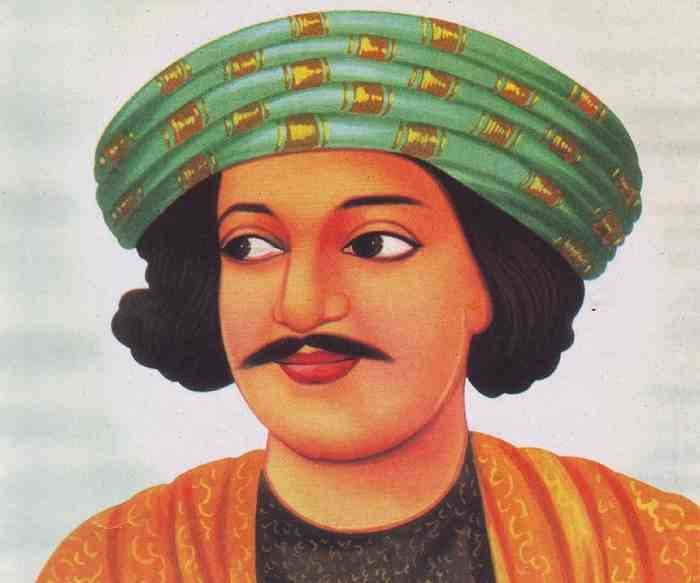
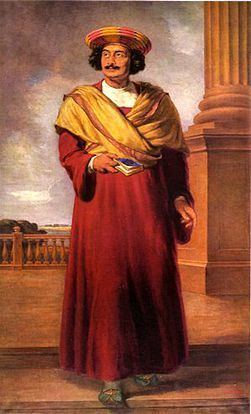
Ram Mohan Roy was married three times. His first wife died early in his childhood. He conceived two sons, Radhaprasad in 1800 and Ramaprasad in 1812 with his second wife, who died in 1824. Roy's third wife outlived him.
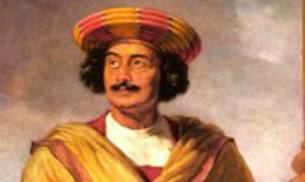
Ram Mohan Roy's early education was controversial. The common version is "Ram Mohan started his formal education in the village pathshala where he learned Bengali and some Sanskrit and Persian. Later he is said to have studied Persian and Arabic in a madrasa in Patna and after that he was sent to Benares (Kashi) for learning the intricacies of Sanskrit and Hindu scripture, including the Vedas and Upanishads. The dates of his sojourn in both these places is uncertain. However, the commonly held belief is that he was sent to Patna when he was nine years old and two years later to Benares."
The Persian and Arabic studies influenced his thinking about One God more than studies of european deism, which he didn't know at least while writing his first scriptures - he didn't speak or understand English yet...
Ram Mohan Roy's impact on modern Indian history was a revival of the pure and ethical principles of the Vedanta school of philosophy as found in the Upnishads. He preached the unity of God, made early translations of Vedic scriptures into English, co-founded the Calcutta Unitarian Society and founded the Brahma Samaj. The Brahma Samaj played a major role in reforming and modernising the Indian society. He successfully campaigned against sati, the practice of burning widows. He sought to integrate Western culture with the best features of his own country's traditions. He established a number of schools to popularise a modern system (effectively replacing Sanskrit based education with English based education) of education in India. He promoted a rational, ethical, non-authoritarian, this-worldly, and social-reform Hinduism. His writings also sparked interest among British and American Unitarians.
Christianity and the early rule of the East India Company (1795–1828)
During these overlapping periods, Ram Mohan Roy acted as a political agitator and agent, representing Christian missionaries whilst employed by the East India Company and simultaneously pursuing his vocation as a Pandit. To understand fully this complex period in his life leading up to his eventual Brahmoism needs reference to his peers.
In 1792, the British Baptist shoemaker William Carey published his influential missionary tract, An Enquiry of the obligations of Christians to use means for the conversion of heathens.
In 1793, William Carey landed in India to settle. His objective was to translate, publish and distribute the Bible in Indian languages and propagate Christianity to the Indian peoples. He realised the "mobile" (i.e. service classes) Brahmins and Pundits were most able to help him in this endeavour, and he began gathering them. He learnt the Buddhist and Jain religious works to better argue the case for Christianity in the cultural context.
In 1795, Carey made contact with a Sanskrit scholar, the Tantric Hariharananda Vidyabagish, who later introduced him to Ram Mohan Roy, who wished to learn English.
Between 1796 and 1797, the trio of Carey, Vidyavagish and Roy created a religious work known as the "Maha Nirvana Tantra" (or "Book of the Great Liberation") and positioned it as a religious text to "the One True God". Carey's involvement is not recorded in his very detailed records and he reports only learning to read Sanskrit in 1796 and only completed a grammar in 1797, the same year he translated part of The Bible from Joshua to Job, a massive task. For the next two decades this document was regularly augmented. Its judicial sections were used in the law courts of the English Settlement in Bengal as Hindu Law for adjudicating upon property disputes of the zamindari. However, a few British magistrates and collectors began to suspect and its usage (as well as the reliance on pundits as sources of Hindu Law) was quickly deprecated. Vidyavagish had a brief falling out with Carey and separated from the group, but maintained ties to Ram Mohan Roy.
In 1797, Ram Mohan reached Calcutta and became a "banian" (moneylender), mainly to impoverished Englishmen of the Company living beyond their means. Ram Mohan also continued his vocation as pundit in the English courts and started to make a living for himself. He began learning Greek and Latin.
In 1799, Carey was joined by missionary Joshua Marshman and the printer William Ward at the Danish settlement of Serampore.
From 1803 till 1815, Ram Mohan served the East India Company's "Writing Service", commencing as private clerk "munshi" to Thomas Woodroffe, Registrar of the Appellate Court at Murshidabad (whose distant nephew, John Woodroffe — also a Magistrate — and later lived off the Maha Nirvana Tantra under the pseudonym Arthur Avalon). Roy resigned from Woodroffe's service and later secured employment with John Digby, a Company collector, and Ram Mohan spent many years at Rangpur and elsewhere with Digby, where he renewed his contacts with Hariharananda. William Carey had by this time settled at Serampore and the old trio renewed their profitable association. William Carey was also aligned now with the English Company, then head-quartered at Fort William, and his religious and political ambitions were increasingly intertwined.
The East India Company was draining money from India at a rate of three million pounds a year in 1838. Ram Mohan Roy was one of the first to try to estimate how much money was being driven out of India and to where it was disappearing. He estimated that around one-half of all total revenue collected in India was sent out to England, leaving India, with a considerably larger population, to use the remaining money to maintain social well-being. Ram Mohan Roy saw this and believed that the unrestricted settlement of Europeans in India governing under free trade would help ease the economic drain crisis.
At the turn of the 19th century, the Muslims, although considerably vanquished after the battles of Plassey and Buxar, still posed a formidable political threat to the Company. Ram Mohan was now chosen by Carey to be the agitator among them.
Under Carey's secret tutelage in the next two decades, Ram Mohan launched his attack against the bastions of Hinduism of Bengal, namely his own Kulin Brahmin priestly clan (then in control of the many temples of Bengal) and their priestly excesses. The social and theological issues Carey chose for Ram Mohan were calculated to weaken the hold of the dominant Kulin class (especially their younger disinherited sons forced into service who constituted the mobile gentry or "bhadralok" of Bengal) from the Mughal zamindari system and align them to their new overlords of Company. The Kulin excesses targeted include sati (the co-cremation of widows), polygamy, idolatry, child marriage and dowry. All causes were equally dear to Carey's ideals.
From 1819, Rammohun's battery increasingly turned against Carey and the Serampore missionaries. With Dwarkanath's munificence he launched a series of attacks against Baptist "Trinitarian" Christianity and was now considerably assisted in his theological debates by the Unitarian faction of Christianity."Middle "Brahmo" period (1820–1830)
This was Ram Mohan's most controversial period. Commenting on his published works Sivanath Sastri writes:
"The period between 1820 and 1830 was also eventful from a literary point of view, as will be manifest from the following list of his publications during that period:
Life in England (1831–1833)
He publicly declared that he would emigrate from the British empire if parliament failed to pass the Reform Bill.
In 1830, Ram Mohan Roy travelled to the United Kingdom as an ambassador of the Mughal Empire, to ensure that Lord William Bentinck's Bengal Sati Regulation, 1829 banning the practice of Sati was not overturned. In addition, Roy petitioned the King to increase his allowance and perquisites. He was successful in persuading the British government to increase the stipend of the Mughal Emperor by £30,000. He also visited France. While in England, he embarked on a sort of cultural exchange, meeting with members of Parliament and publishing books on Indian economics and law. Sophia Dobson Collet was his biographer at the time.
He died at Stapleton, then a village to the north east of Bristol (now a suburb), on 27 September 1833 of meningitis and was buried in Arnos Vale Cemetery in southern Bristol.
Religious reforms
The religious reforms of Roy contained in some beliefs of the Brahmo Samaj expounded by Rajnarayan Basu are:-
Social reforms
Roy’s political background fit influenced his social and religious to reforms of Hinduism. He writes,
"The present system of Hindus is not well calculated to promote their political interests…. It is necessary that some change should take place in their religion, at least for the sake of their political advantage and social comfort."
Ram Mohan Roy’s experience working with the British government taught him that Hindu traditions were often not credible or respected by western standards and this no doubt affected his religious reforms. He wanted to legitimise Hindu traditions to his European acquaintances by proving that "superstitious practices which deform the Hindu religion have nothing to do with the pure spirit of its dictates!" The "superstitious practices", to which Ram Mohan Roy objected, included sati, caste rigidity, polygamy and child marriages. These practices were often the reasons British officials claimed moral superiority over the Indian nation. Ram Mohan Roy’s ideas of religion actively sought to create a fair and just society by implementing humanitarian practices similar to Christian ideals and thus legitimise Hinduism in the modern world.
Educationist
Journalist
Mausoleum at Arnos Vale
Ram Mohan Roy was originally buried on 18 October 1833, in the grounds of Stapleton Grove where he had died of meningitis on 27 September 1833. Nine and a half years later he was reburied on 29 May 1843 in a grave at the new Arnos Vale Cemetery, in Brislington, East Bristol. A large plot on The Ceremonial Way there, had been bought by William Carr and William Prinsep, and the body in its lac and lead coffin was placed later in a deep brick-built vault, over seven feet underground. Two years after this Dwarkanath Tagore helped pay for the chattri raised above this vault, although there is no record of his ever visiting Bristol. The chattri was designed by the artist William Prinsep, who had known Ram Mohan in Calcutta. The Raja's remains are still there, despite a misleading story first suggested by the Adi Brahmo Samaj Press, and unfortunately repeated later by one (or more) historians, without proper evidence or citation. The coffin has been seen in situ by the Trustee in charge of the 2006/7 repairs to the chattri, which were funded by Aditya Poddar of Singapore.
The original brief epitaph,"Rammohun Roy, died Stapleton 27th. Sept. 1833", was suggested by Dwarkanath Tagore, but this plaque was removed to the rear of the tomb by Rev. Rohini Chaterji (sic), who was descended from Radha Prasad Roy. His new and more expansive epitaph was placed at the front. The epitaph reads:
"A conscientious and steadfast believer in the Unity of Godhead, He consecrated his life with entire devotion to the worship of the divine spirit alone, to great natural talents, he united through mastery of many languages and early distinguished himself as one of the greatest scholars of the day. His unwearied labour to promote the social, moral and physical condition of the people of India, his earnest endeavours to suppress idolatry and the rite of suttee and his constant zealous advocacy of whatever tended to advance the glory of God and the welfare of man live in the grateful remembrance of his countrymen. This tablet records the sorrow and pride with which his memory is cherished by his descendants.He was born at Radhanagore in Bengal in 1772 and died at Bristol on September 27th 1833."
The Indian High Commission often come to the annual Commemoration of the Raja in September, whilst Bristol's Lord Mayor is always in attendance. The Commemoration is a joint Brahmo-Unitarian service for about 100 people. Brahmo and Unitarian prayers and hymns are sung before the tomb, flowers are laid, and the life of the Raja celebrated in a service. In 2013 a recently discovered ivory bust of Ram Mohan was displayed, in 2014 his original death mask at Edinburgh was filmed and its history discussed.
In September 2008, representatives from the Indian High Commission came to Bristol to mark the 175th anniversary of Ram Mohan Roy's death. During the ceremony Brahmo and Unitarian prayers were recited and songs of Ram Mohan and other Brahmosangeet were performed.
Following on from this visit the Mayor of Kolkata, Bikash Ranjan Bhattacharya (who was amongst the representatives from the India High Commission) decided to raise funds to restore the mausoleum.
Bristol honours Ram Mohan Roy
In 1983, a full scale Exhibition on Ram Mohan Roy was held in Bristol's Museum and Art Gallery. His enormous 1831 portrait by Henry Perronet Briggs still hangs there, and was the subject of a talk by Sir Max Muller in 1873. At Bristol's Centre, on College Green, is a full size bronze statue of the Raja by the modern Kolkata sculptor, Niranjan Pradhan. Another bust by Pradhan, gifted to Bristol by Joyti Basu, sits inside the main foyer of Bristol's City Hall. A pedestrian path at Stapleton has been named "Rajah Rammohun Walk". There is a 1933 Brahmo plaque on the outside west wall of Stapleton Grove, and his first burial place in the garden is marked by railings and a granite memorial stone. His tomb and chattri at Arnos Vale are listed Grade II* by English Heritage, and attract many admiring visitors today.
